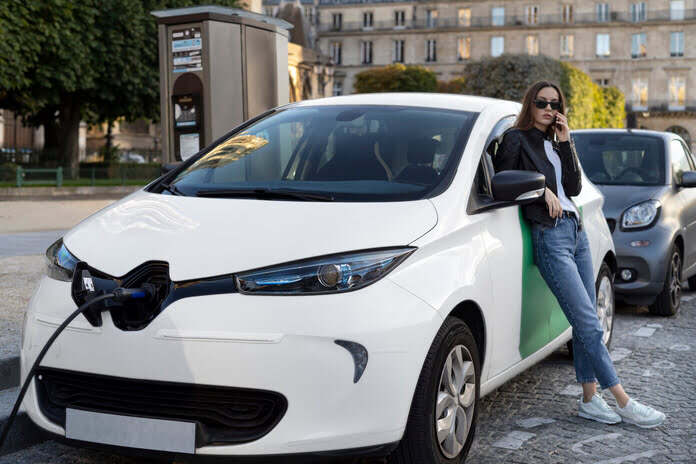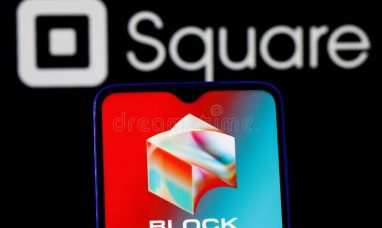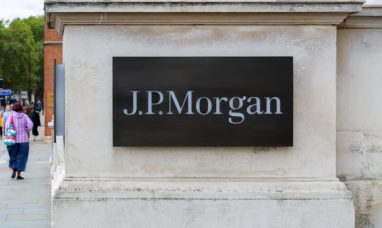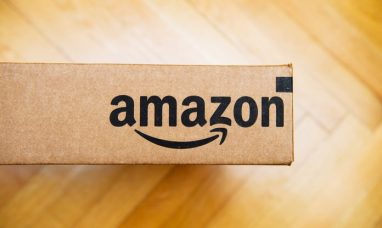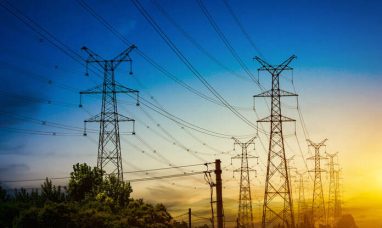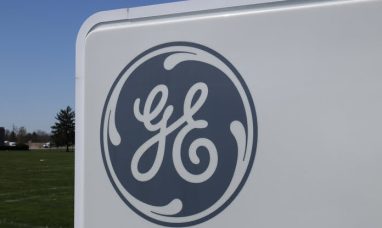Tesla, Inc. (NASDAQ:TSLA) is gearing up to reveal its much-awaited robotaxi on August 8, 2024, according to Elon Musk’s announcement on X. The robotaxi reportedly leverages TSLA’s latest vehicle platform.
During a 2023 event where the company unveiled its third Master Plan, Musk hinted at the potential of a Tesla robotaxi, even showcasing a fully concealed vehicle. Musk had previously speculated that Tesla owners could earn income by deploying their autonomous cars for pickups and drop-offs.
However, several of Musk’s predictions regarding the actual availability of self-driving vehicles have been delayed. In April 2019, Tesla had plans to launch its robotaxis by 2020, with the cars expected to last for 11 years and drive one million miles, generating a profit of $30,000 per year for the company and car operators alike.
Back in 2015, Musk had assured Tesla shareholders that the company’s cars would achieve full autonomy within three years. Similarly, in 2016, he suggested that by the end of the following year, sending one of Tesla’s vehicles on a cross-country drive would not require any human intervention.
Tesla is yet to deliver a technology that can upgrade its cars to level 3 automated vehicles. The automaker currently offers advanced driver assistance systems, including a standard Autopilot option or a premium Full Self-Driving (FSD) option. Notably, the FSD subscription is priced at $199 per month for U.S. customers or is alternatively available for a one-time upfront payment of $12,000.
While Musk acknowledged that his track record for predictions can sometimes be off the mark, he expressed confidence in eventually achieving his goals. In a recent move to boost end-of-quarter sales, Musk made it mandatory for sales and service personnel to install and demonstrate FSD for customers before handing over the keys.
However, it’s important to note that the reveal date for a Tesla model should not be conflated with the date of its commercial release. For instance, although Tesla unveiled the Semi in 2017, deliveries did not commence until December 2022.
Tesla faces competition from Alphabet’s (NASDAQ:GOOG) autonomous vehicle unit Waymo and General Motors’ (NYSE:GM) subsidiary, Cruise, both of which are also developing self-driving ride-sharing services.
Waymo currently operates driverless ride-hailing services in Phoenix, San Francisco, and Los Angeles, and is expanding its operations in Austin, TX. It has also partnered with Uber for a multi-year collaboration, providing its robotaxi for food delivery services in Arizona.
On the other hand, GM Cruise has paused its testing on self-driving cars following an accident and is currently under regulatory scrutiny. Despite this setback, General Motors remains committed to Cruise and aims to reduce the expenses of its self-driving arm by about $1 billion in 2024.
Featured Image: Freepik



